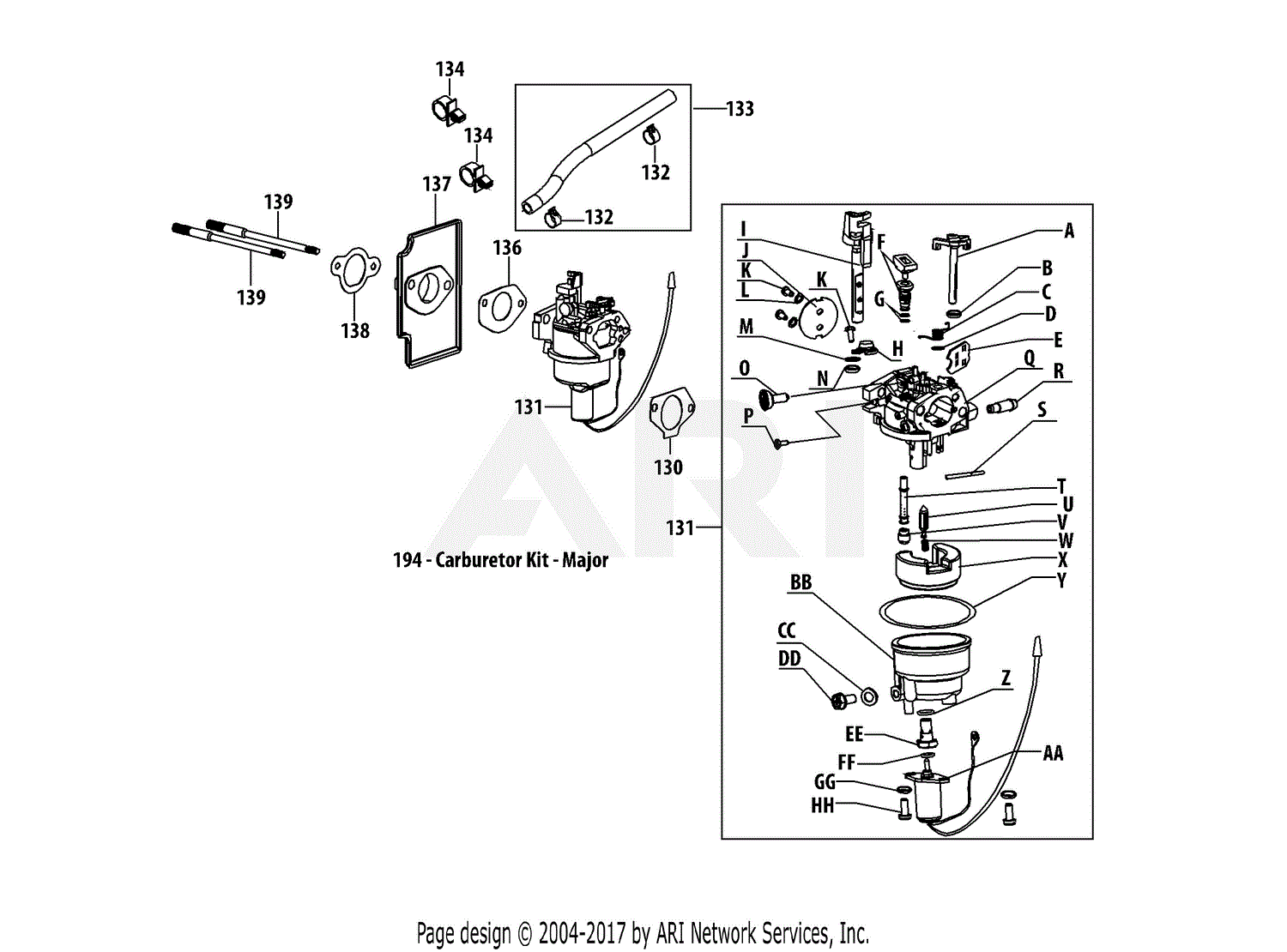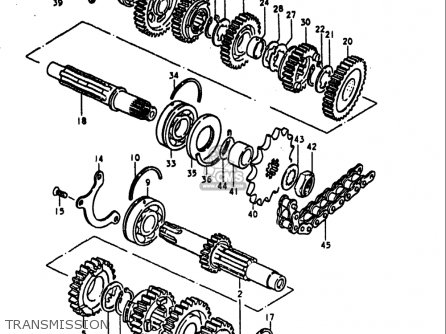

Inserted in the main well is the main well tube. The faster the engine operates, the more fuel will flow through the main fuel system.įuel entering the main jet, located at the bottom of the main well, flows up toward the main nozzle. The vacuum at the discharge nozzle will increase as the air flow increases. The system begins to function when the air flow thorough the carburetor venturi creates a sufficient vacuum to start fuel flowing in the main system. The main fuel metering system supplies the fuel required for engine operation during the cruise or part throttle range. The greater air flow past the booster venturi causes a pressure drop in the venturi great enough to bring the main fuel metering system into operation as the idle fuel metering system tapers off. Continued opening of the throttle plate increases engine rpm and air flow through the carburetor.

The amount of mixture to be discharged is determined by the position of the idle screw in the lower body passage.ĭuring off idle operation, when the throttle plate is moved past the idle transfer holes, each hole begins discharging fuel as it is exposed to the lower air pressure (manifold vacuum). The fuel air mixture passes through drilled holes in the adjusting screw and is discharged below the throttle plate. The idle transfer holes act as additional air bleeds at normal idle. The fuel air mixture passes down the idle channel past two idle transfer holes, to the idle mixture adjusting screw. The fuel air mixture then passes down through an idle channel restriction and is transferred to the idle channel in the lower body assembly. The air bleed restriction also serves as a vent to prevent syphoning of fuel at high speeds or when the engine is shut off. Filtered air from the carburetor air horn enters the idle air bleed restriction and mixes with the fuel. Fuel will flow from the main well up the idle well and through the calibrated idle fuel channel restriction. The range of the idle system will extend into the operation of the main metering system. It supplies the fuel air mixturre when the air flow past the carburetor venturi is insufficient to operate the main metering system. The idle system functions when the engine is operating at lower rpm. The entire calibration for the carburetor is disturbed if the fuel level is not set as specified. A rich fuel air mixture will occur from a high fuel level. If the level of the fuel within the bowl is below the specified setting, a lean fuel air mixture will result. The fuel inlet system of a carburetor maintains a predetermined fuel level within the fuel bowl. The fuel and air are mixed at this point and distributed into the engine cylinders for burning. The higher air pressure exerted on the fuel in the bowl will force fuel to travel up through the fuel discharge channels and out into the air stream passing through the carburetor. The fuel bowl is vented to the atmosphere and or the air cleaner. As the air passes through the carburetor on its way to enter the cylinders, lower pressure is created at the fuel discharge outlets of the carburetor. Air is drawn into the carburetor air horn by vacuum created through movement of the engine piston. Operation is based on the principle of pressure differences, or vacuum. The engine speed is regulated by controlling the quantity of fuel and air delivered to the cylinders. The function of the carburetor is to mix fuel and air, in the proper proportion, and to supply the mixture in the proper quantity to the engine for all engine operating conditions. The main and idle fuel, power valve, float chamber vent and fuel inlet systems, are all part of the upper body assembly. The upper body assembly contains the major metering components of the carburetor. The Ford 1 barrel carburetor used on all six cylinder engines consists of two main assemblies, the upper body assembly and the lower body assembly.


 0 kommentar(er)
0 kommentar(er)
